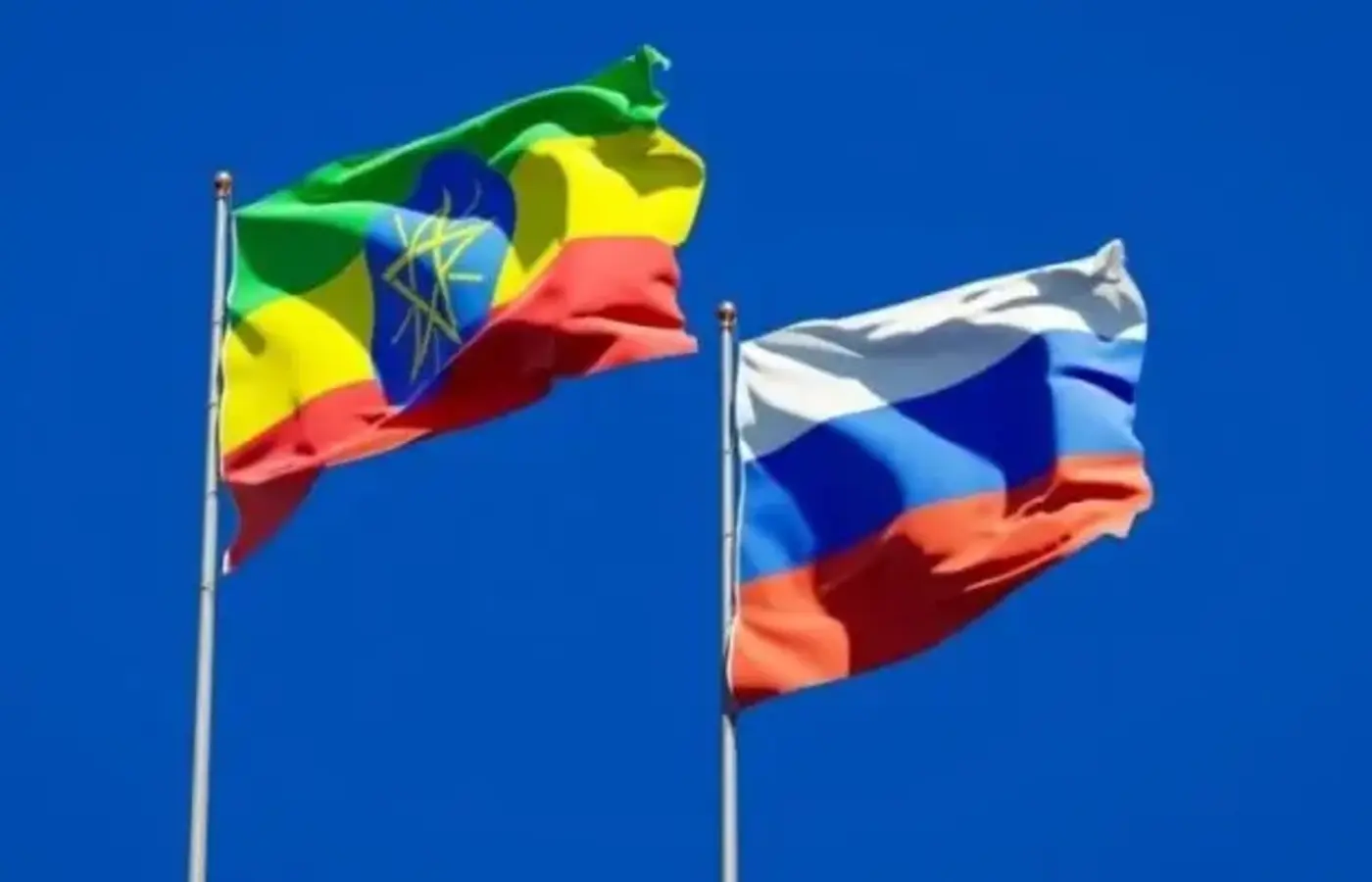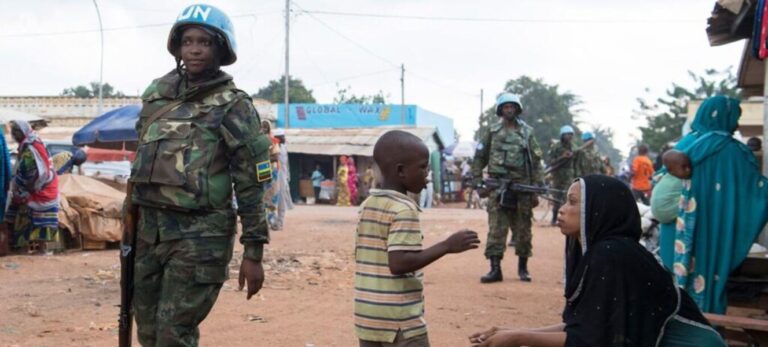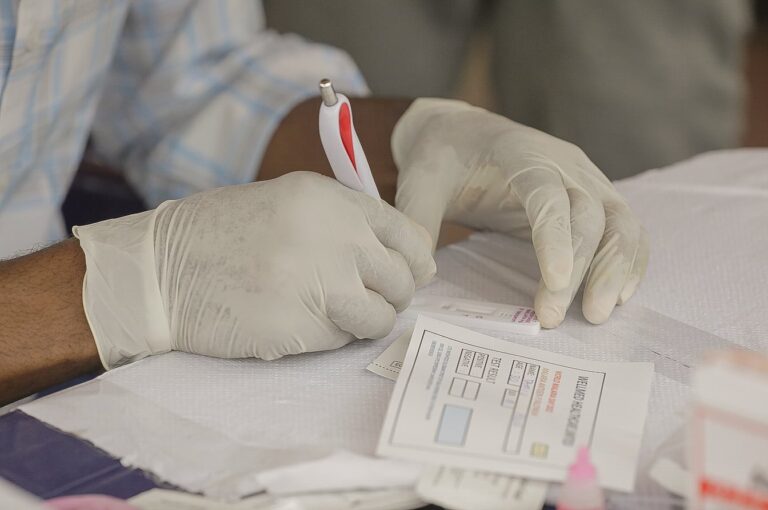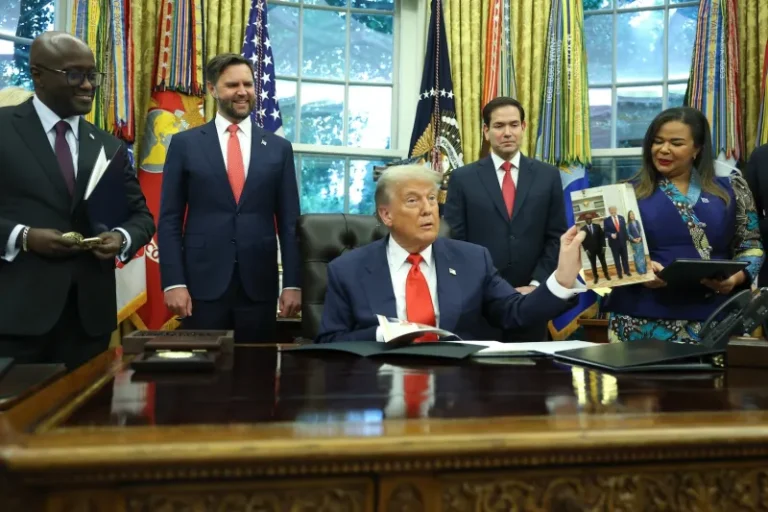
In a move signaling its deepening economic pivot toward non-Western partners, the Bank of Russia has officially added the Ethiopian birr to its daily list of foreign currency exchange rates, effective Thursday, July 10.
The announcement was made in a statement released by the central bank on Wednesday.
The birr joins a group of 12 newly recognized currencies, including the Algerian dinar, Saudi riyal, Nigerian naira, and Bangladeshi taka.
This expanded roster underscores Moscow’s strategic push to broaden financial cooperation with countries outside the traditional Western economic sphere.
“This initiative reflects Moscow’s desire to strengthen its economic partnerships outside the Western sphere, in response to sanctions, and to support the rise of a multipolar system of international settlements,” the Bank of Russia stated.
The inclusion of the Ethiopian birr is particularly notable amid the deepening ties between Moscow and Addis Ababa, with bilateral cooperation spanning energy, defense, and infrastructure development.
Ethiopia, one of Africa’s most populous nations, has been actively working to diversify its international financial engagements, including seeking alternatives to U.S. dollar-dominated payment systems.
The move by the Bank of Russia marks a continuation of its response to sweeping Western sanctions imposed over geopolitical tensions, prompting a reorientation toward emerging economies in Asia, Africa, and the Middle East.
Analysts see the growing basket of currencies as part of a broader effort to establish new trade and financial networks resilient to dollar-based restrictions.
For Ethiopia, the birr’s inclusion could pave the way for expanded trade and investment channels with Russia and other Eurasian economies.
It also aligns with Addis Ababa’s recent push to modernize its financial system and pursue a more diversified economic diplomacy.
The Bank of Russia will now publish the ruble’s official exchange rate against the birr and the other 11 currencies on a daily basis, cementing their role in the country’s evolving foreign exchange architecture.



